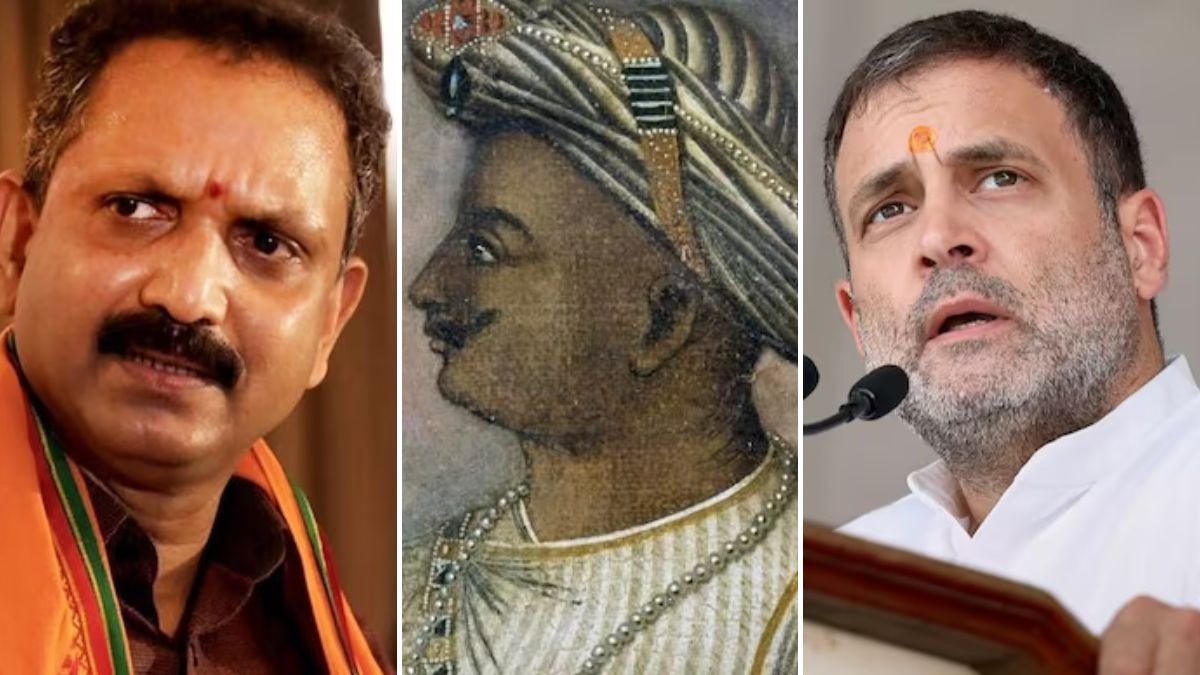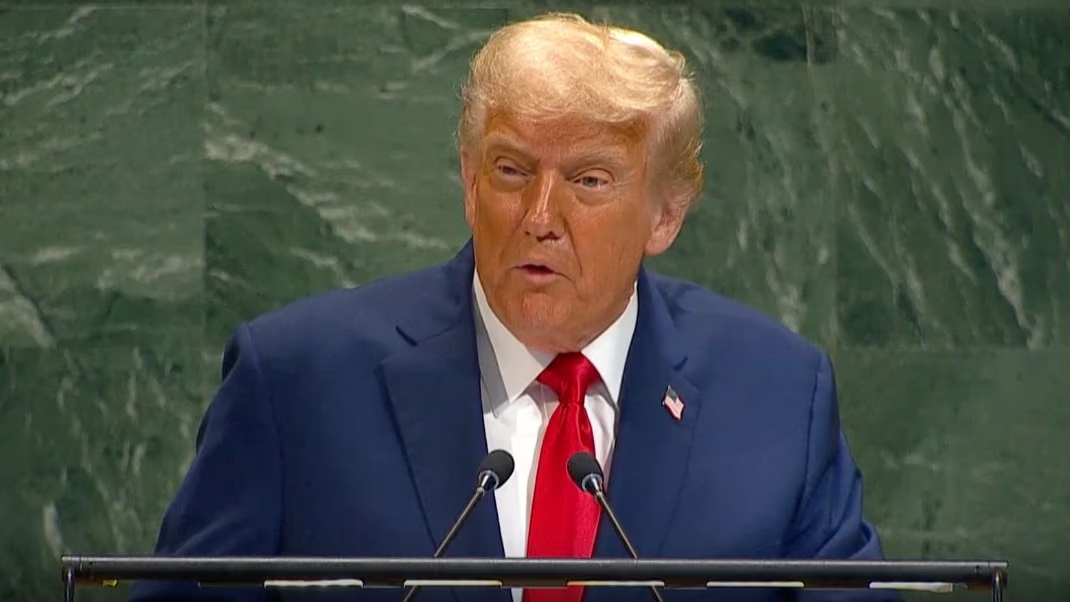Following Karnataka, Tipu Sultan's historical significance has sparked political controversy in Kerala. BJP's candidate from Wayanad, K. Surendran, has pledged to rename Sultan Bathery to Ganapati Vattom should he win the election, signifying a shift away from associations with Tipu Sultan, the former ruler of Mysore.
Surendran, president of the Kerala BJP, is up against Congress MP Rahul Gandhi and the CPI(M)'s Annie Raja in Wayanad.
Surendran queries, 'Who is Tipu Sultan when considering the heritage of Wayanad and its people? The place was known as Ganapati Vattom, and its name was changed. Thus, Congress and the LDF are still rallying around the figure of Tipu Sultan, who attacked many temples and forced conversions on thousands of Hindus, particularly in Wayanad and Malabar.'
If victorious in Wayanad, Surendran emphasizes that renaming Sultan Bathery will be a top priority.
This statement has stirred controversy. P.K. Kunhalikutty, the general secretary of the Indian Union Muslim League, asserts that no such change will occur in Kerala. On the other hand, Congress legislator T. Siddique dismisses it as an attention-seeking move.
Sultan Bathery, nonetheless, remains a municipality in Wayanad linked to Tipu Sultan, who reigned over Mysore in the 18th century. The town's name also connects to Tipu's victory over Malabar in 1789.
What is the history of Sultan Bathery?
One of Wayanad's three municipalities is Sultan Bathery, known for its breathtaking beauty.
According to Kerala Tourism's website, during Mysore's rule, Sultan Bathery served as a dumping ground for arms and ammunition.
Kerala BJP's president, K. Surendran, asserts that the site of an artillery unit was once a Jain temple.
The Sultan Bathery municipality's website suggests that the town was originally called Ganapati Vattom due to a formerly present Ganapati temple.
Prior to Tipu Sultan's invasion of Malabar in the 18th century, the site was known as Ganapati Vattom or Ganapati Vattom, as it lay on his path to suppress a revolt.
As per documents from the government of Kerala, Sultan Bathery or Ganapati Vattom was the known name until Tipu Sultan arrived.
The last renovation of the temple was in 1972, after which it was renamed as Maha Ganapati Temple. Every January, the Vinayaka Chathurthi festival is celebrated grandly.
How Sultan Bathery got its name
Historical British documents indicate that Tipu Sultan's army used the city of Ganapati Vattom as their bathery (a place to store weapons). This led to the city being known as 'Sultan's Bathery.' Over time, 'Sultan's Bathery' became 'Sultan Bathery.'
Karnataka and Tamil Nadu's Jains had built a Jain temple in Sultan Bathery in the 13th century, styled after the Vijayanagar Dynasty's architecture. It suffered partial destruction during Tipu Sultan's assault in the 18th century.
Troops of Tipu Sultan reportedly used this temple to store weapons and ammunition, lending the city its current name, Sultan Bathery.
The official name 'Sultan Bathery' is now under the BJP leader's scrutiny for potential change.
In this town, Tipu Sultan had also built a fortress, now reduced to ruins.




